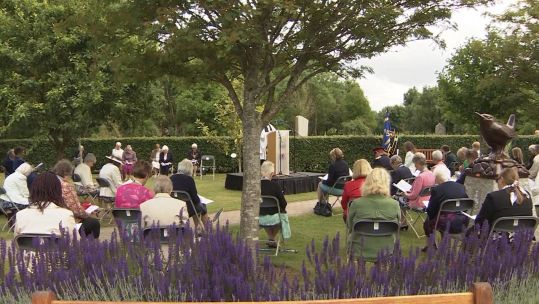
Princess Anne Commemorates 100 Years Of Women's Royal Naval Service Association After Coronavirus Delay
It comes after the event was delayed a year due to the coronavirus pandemic.

It comes after the event was delayed a year due to the coronavirus pandemic.
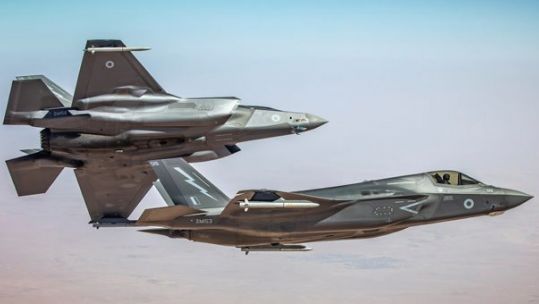
The combat missions are the first flown from a Queen Elizabeth-class carrier by an F-35 aircraft.
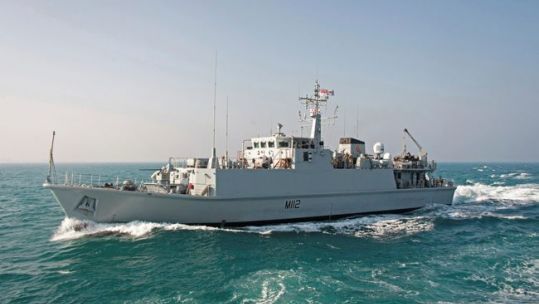
As part of the agreement, the UK will assist in the building of new missile vessels and the construction of Ukrainian naval bases.
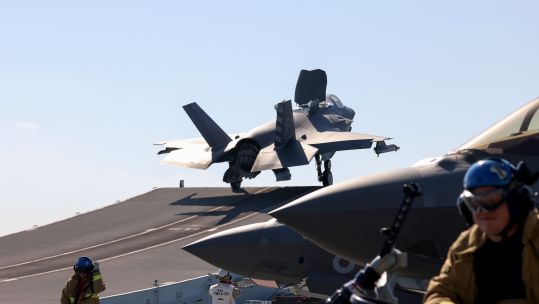
UK F-35B aircraft, deployed on the Carrier Strike Group, have flown their first combat missions from aircraft carrier HMS Queen Elizabeth.
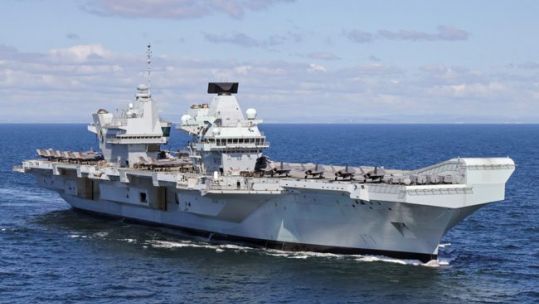
Defence minister Jeremy Quin said there are plans to expand experimentation of Uncrewed Air Systems with Royal Navy vessels.
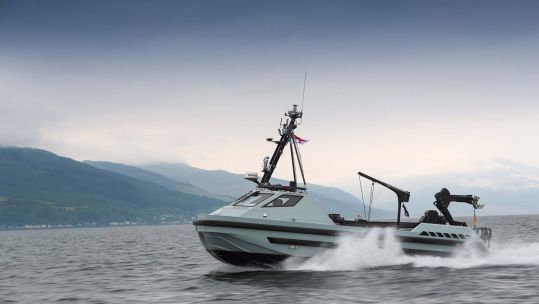
RNMB Hebe joined her sister vessels, Harrier and Hazard, at Clyde Naval Base in Scotland.
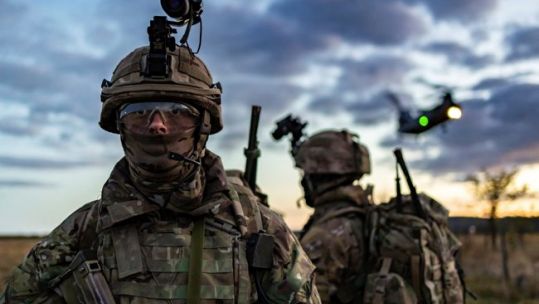
Although the Royal Marines are part of the Royal Navy, they use a rank structure very similar to that used in the British Army.
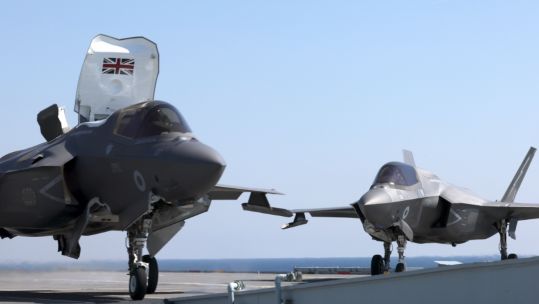
The renowned "Dambusters" RAF 617 Squadron is set to operate the aircraft to support the counter-IS operations.
RFA Cardigan Bay has been crucial to Royal Navy operations in the Gulf since arriving in the region in 2017.
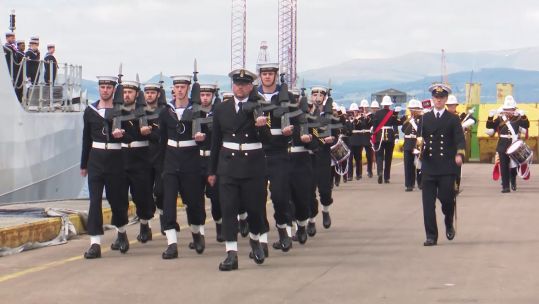
HMs Spey, a Batch 2 River-class Offshore Patrol Vessel, entered the Royal Navy fleet following a scaled-down ceremony in Scotland.
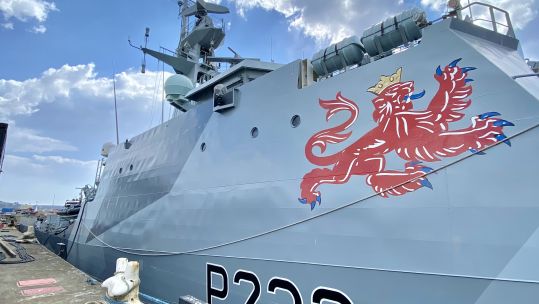
They safeguard territorial waters, protect fishing stocks, carry out constabulary duties and are the representatives of the Royal Navy.
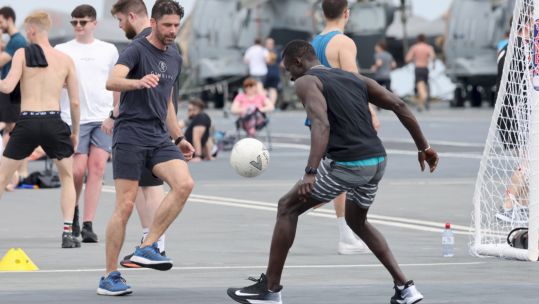
During the 28-week deployment, units from the Carrier Strike Group will visit more than 40 countries and undertake over 70 engagements.

What role do platforms like TikTok and WhatsApp play when it comes to staying in touch?
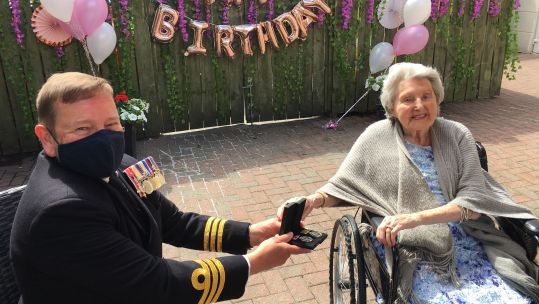
The former Royal Navy Wren was awarded the medals she never claimed for her efforts throughout the Second World War.
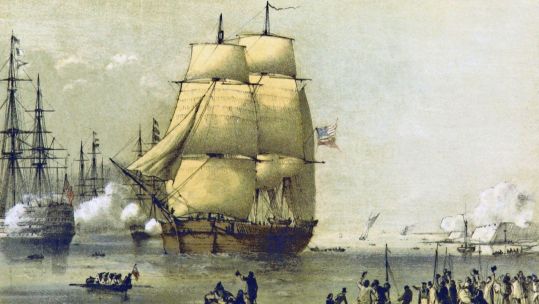
The 19th-century Royal Navy vessel was abandoned in the icy landscape on an expedition before being discovered by American sailors.
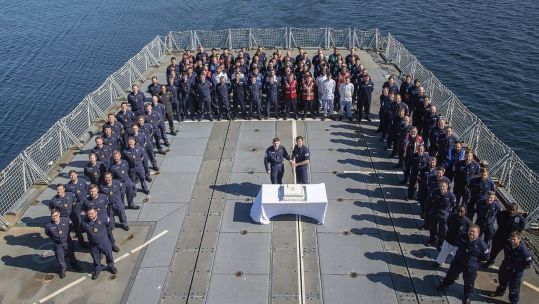
The Royal Navy warship has travelled more than 685,000 nautical miles – enough to go around the world 32 times.